
They clean out their cosmetics
It is important to be vigilant about swapping out products regularly because they do have a shelf life. Go through your cosmetics, products, and sunscreens, and toss the things that have been around a little too long, says Whitney Bowe, MD, a board-certified dermatologist and assistant clinical professor of dermatology at Mount Sinai Medical Center in New York City. Remember this rule of thumb: Anything you apply near the lips or eyes should be tossed after a year. Also, throwyour dingy makeup bag in the washer. If it cant be laundered, clean with an antibacterial cleanser. Learn the truth about makeup expiry dates.
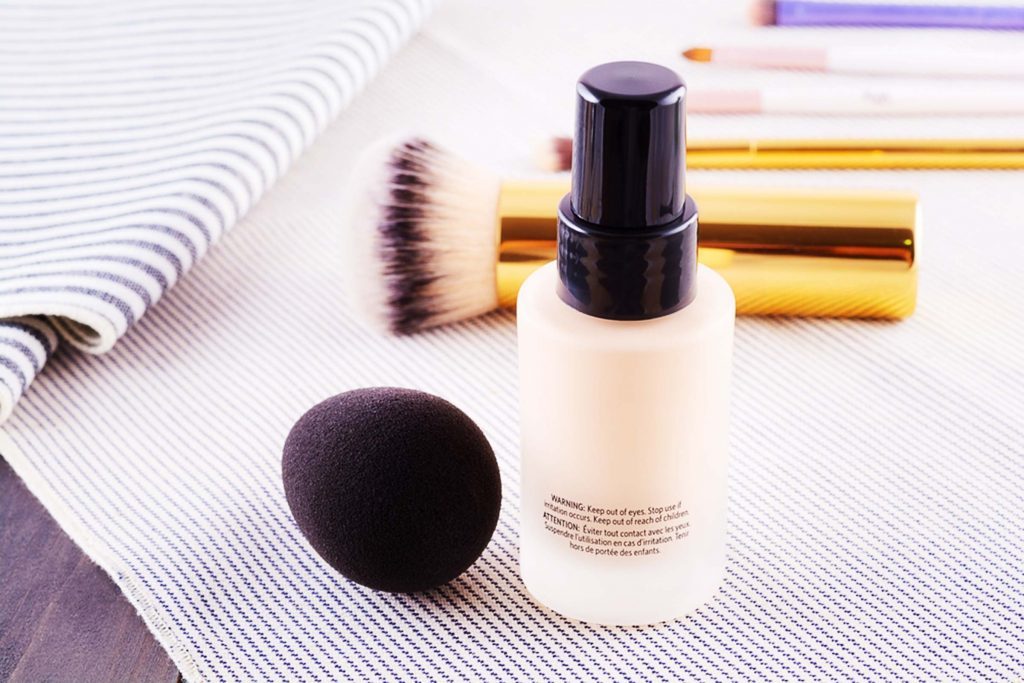
They steer clear of thick and heavy foundations
Even during the winter months, slathering heavy foundations and concealers on your face can cause buildup and potentially lead to breakouts. But this is even more likely during the spring and summer months when heat and humidity also lead to sweat and clogged skin. “Too much product can cause build-up on the face and potentially lead to breakouts,” explains Dendy Engelman, MD, a dermatologist at Manhattan Dermatology and Cosmetic Surgery in New York City.”Switching to lighter products, like a CC cream or mineral powder foundation, will balance out the extra oil production in warmer months and leave your skin looking healthier.” (Here’s the best foundation for warmer weather.)
The same goes for your makeup removerswitch in your heavy cream-based ointment for a lighter option like micellar water. “Lightening up your makeup-removing routine not only makes you feel much more refreshed in warmer months, but it also does a better job of emulsifying sweat mixed with your makeup (yuck),” saysManjula Jegasothy, MD, a dermatologist and CEO and founder of Miami Skin Institute.

They swap cream moisturizers for lightweight ones
In the winter, we need heavier creams to combat the cold and dry air we face when we step outside, but, thankfully, with the arrival of spring, temperatures rise and so does humidity. “During the warmer seasons, lighter moisturizing lotions will likely provide enough moisture for the skin, while heavier and creamier formulations may lead to clogged pores and breakouts,” explains Melissa Piliang, MD, a dermatologist at the Cleveland Clinic.
Look for products that contain hydrating ingredients, like hyaluronic acid, which will add a natural dewiness to your complexion, or resveratrol, which works to defend against free radical damage and protects against signs of aging. Here’s the best moisturizer for your skin type.
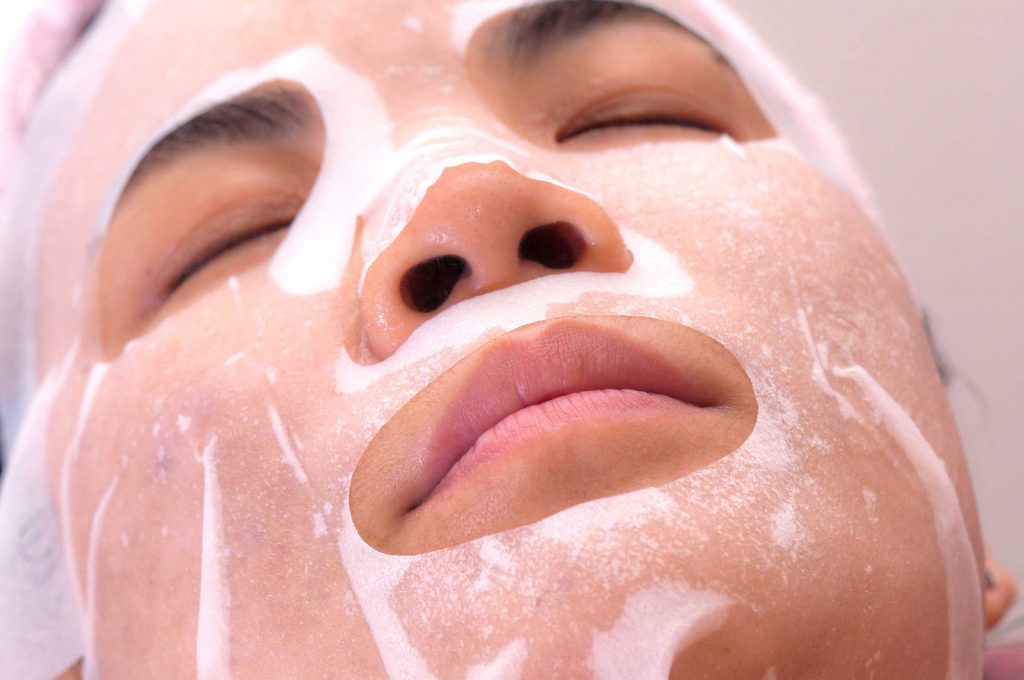
They go to a pro for a peel
For deeper renewal of the skin, see a dermatologist for a seasonal chemical peel. In this treatment, a chemical solution is applied to the skin, eventually causing the outer layer to peel off. The new layer of skin underneath is typically smoother and less wrinkled. Spring is a time when you want to remove dead skin cells so you can have rejuvenated skin at the surface, saysBinh Ngo, MD, assistant professor of dermatology at Keck Medicine at the University of Southern California in Los Angeles.Chemical peels can also combine different brightening agents that lighten brown spots and age spots. Talk to yourdermatologist to see what type of peel is best for your skin type. Or, try one of these products for reversing sun damage.
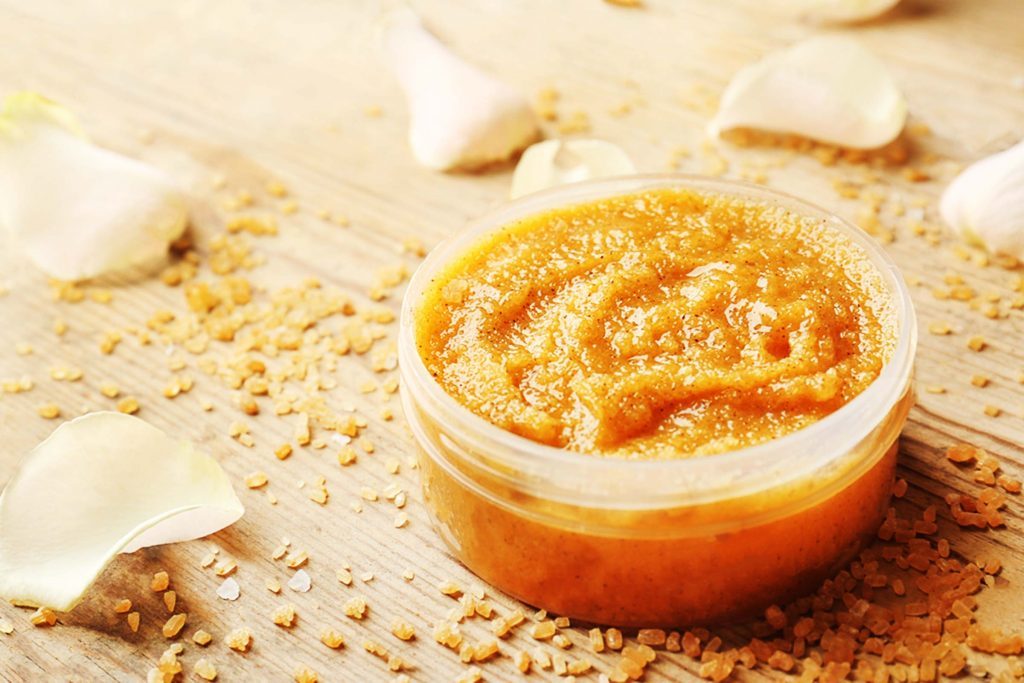
They don’t skip out on exfoliation
While exfoliating the skin can make it temporarily thinner and potentially more prone to sunburn, it is still necessary for the summer months. “Mild exfoliation, twice a week at most, will remove dead, dull skin cells from the skin surface, leaving skin more radiant,” saysTsippora Shainhouse, MD, a Beverly Hills-based dermatologist. “Also, when dead skin cells are combined with sweat, grease, and product, they can clog pores and lead to acne.”Avoid products with rough pieces like shells, nuts, and microbeads and instead look for products with salts and sugars or enzymatic scrubs with fruit acids, such as papaya, pumpkin or pineapple. These will be more gentle on the skin, especially when it’s more frequently exposed to strong ultraviolet (UV) rays. Check out our editors’ favourite exfoliators.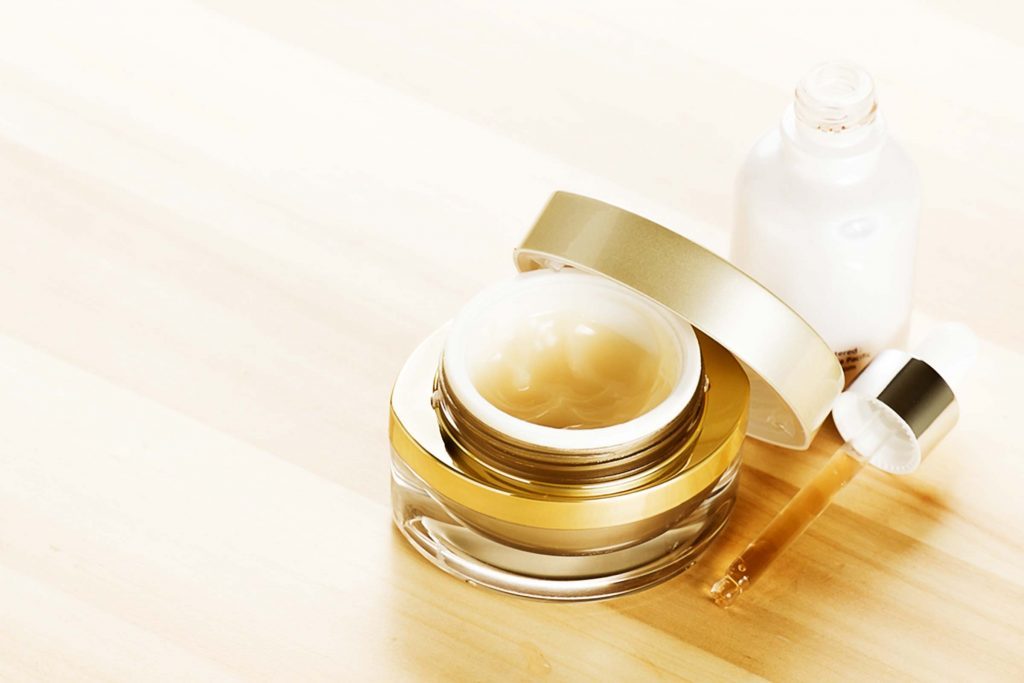
They add in antioxidants
While antioxidants are helpful year-round, they are particularly important during the summer, when stronger UV rays can damage unprotected skin. “Not only can too much sun lead to direct DNA damage, but it can also break down collagen and elastin, due to UV-induced free radicals,” explains Dr.Shainhouse.Free radicals, highly destructive molecules in the environment, can also wreak havoc on your skin. Apply an antioxidant serum in the morning, after cleansing your face and underneath your sunscreen, can help strengthen the skin barrier to make it less susceptible to these environmental factors. Try these tea-infused beauty products loaded with antioxidants.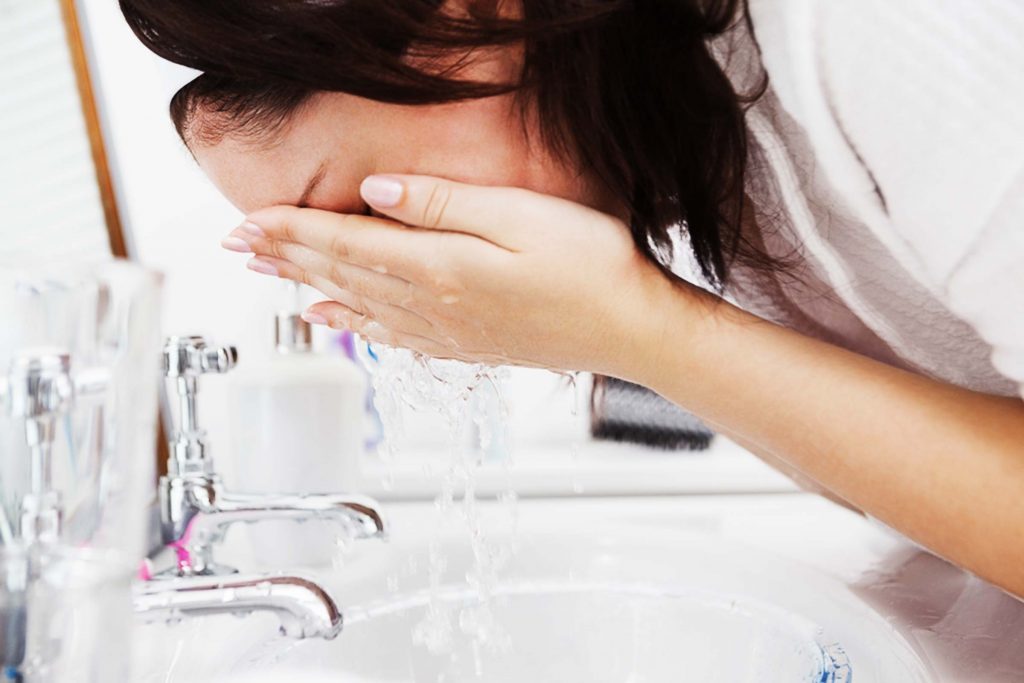
They use a more acidic or astringent cleanser
As the days warm up, a slightly more acidic cleanser will help to control shine and sweat more efficiently. “This is particularly true as spring days become much warmer in the afternoon than the morning,” says Dr. Jegasothy. “Your cleanser should keep your skin clean and sweat-free throughout the day, which a more acidic cleanser is likely to do.” Here’s the best face wash for every skin type. Check out these natural cleansers that won’t strip your skin.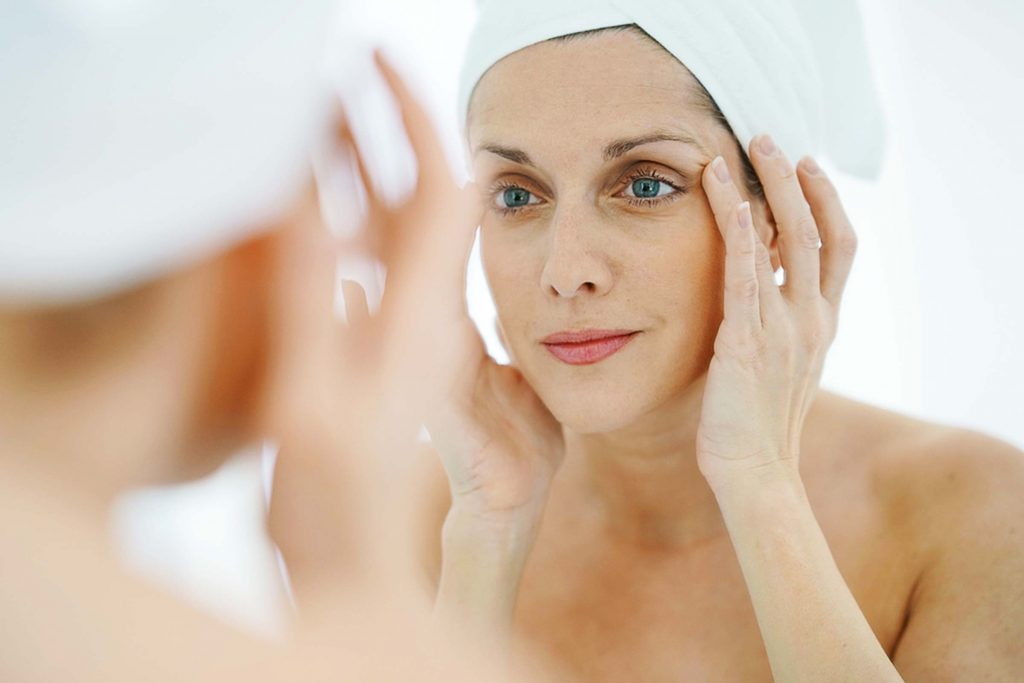
They cut back on the retinol
The fountain-of-youth potion that promises to reduce fine lines and wrinkles, strengthen the skin barrier, and even out your skin tone is safe to use year-round but can make your skin more sun-sensitive. “This hypersensitivity has to do with the way retinol works on your skin,” explainsJoel Schlessinger, MD, a dermatologist in Omaha, Nebraska. “Retinol boosts cell turnover, which means it eliminates dead skin cells and replaces it with new onesand these healthy, new cells are more sensitive and prone to burning from the sun’s rays.”You can still use retinol during the spring and summer months, just try to apply at bedtime instead of in the morning. “If you do get irritated by retinol use, reduce the frequency to only one or two times a week,” suggests Dr. Shainhouse. “And be sure to wear enough sunscreen during the day and a wide-brimmed hat to reduce sun exposure on your face.”
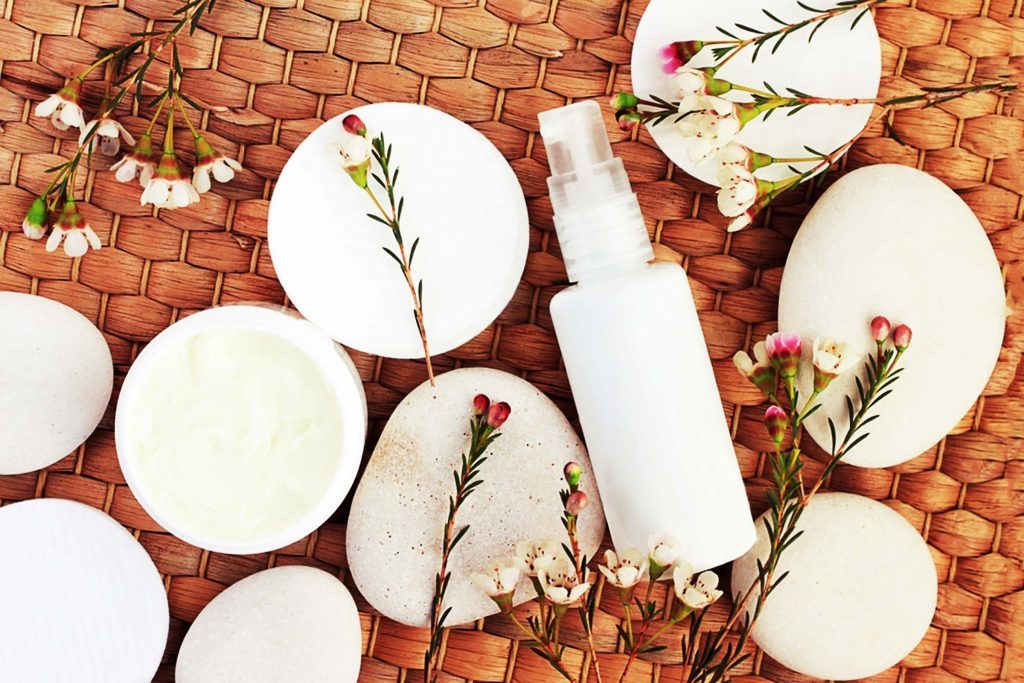
They freshen up from the heat with mists
Throughout the day we collect and spread bacteria all over our face, but even more so in the warmer and hotter months when sweat traps that bacteria and we’re more prone to wiping it off with unwashed hands. “I like facial mists with hypochlorous acid because it has been known to fight bacteria and help cleanse the skin,” says Dr. Engelman. “As an antimicrobial and antiviral, hypochlorous acid also stimulates healing by signaling oxygenation and epithelial knitting, while working to decrease scarring.” Psst: Here’s the best face mist for your zodiac sign.

They use sunflower seed oil to soothe eczema
Up to 10 percent of adults have eczema, an inflammation of the skin that results in scaly red patches. The conditionmay be more prevalent in the spring. People tend to flare up if they have eczema, especially if theyre outside, says Dr. Bowe. Sunflower seed oil is an amazing remedy for that. For a mild flare-up, apply sunflower seed oil before bed. If your skin continues to be red or irritated, apply a thin coat every night after showering. The oil is an anti-inflammatory and helps stimulate the body’s natural production of ceramides, fats that help bolster the skin barrier.

They stay ahead of their allergies
Suddenly havepuffy bags under your eyes? You didn’t ageovernight. When people have allergies to pollen or any other environmental allergen, it can create redness and inflammation underneath the eye, says Dr. Bowe. When that happens, it makes under-eye bags larger and wrinkles around the eye more pronounced. It can also cause stinging or burning around the eyes. Talk to a dermatologist about prescription ingredients that can heal the skin and calm down the inflammation. If youre prone to allergies, your doctor may recommend preventative practices. Taking an over-the-counter, non-sedating antihistamine each morning, for example, could help avoid flare-ups. Also, check out how doctors allergy-proof their homes.

They up their SPF game
Along with warmer weather comes longer days with more frequent, and more intense, sunshine. While every dermatologist will tell you the importance of wearing sunscreen year-round, they all agree that it’s even more important during the warmer months. “Not only are you spending more time outside in general, but the UVA/UVB rays can be more intense and the damage accumulates over your lifetime,” explains Dr. Engelman. “Incidental sun exposure, even for only 10 to 15 minutes a day, adds up over time and can cause significant sun damage and accelerated photoaging, hyperpigmentation, and wrinkles. “Using a high-SPF sunscreen30 SPF at minimum, and 50 SPF ideallycan reduce the accumulation of chronic UV damage that’s linked to non-melanoma skin cancer and aging.” Dr. Engleman adds:”And don’t forget to reapply throughout the day.” Check out our roundup of editor-approved SPF products.
They trade stocking caps for broad-brimmed hats
Even though it’s trendy to wear winter beanies year-round, they don’t offer any protection when it comes to shielding your face from the sun. “In the winter we need fuzzy hats to keep ourselves warm, but now that spring is here, hats play an even more important role,” says Dr. Piliang. “A broad-brimmed hat provides excellent sun protection for the skin-cancer prone areas such as the face, neck, scalp, and ears.” Look for a tightly woven hat that has a two-inch brim at least to provide the best protection.Next, check out anti-aging tips dermatologists won’t tell you for free.
The post 13 Ways Dermatologists Update Their Skin Care for Spring appeared first on Best Health Magazine Canada.
